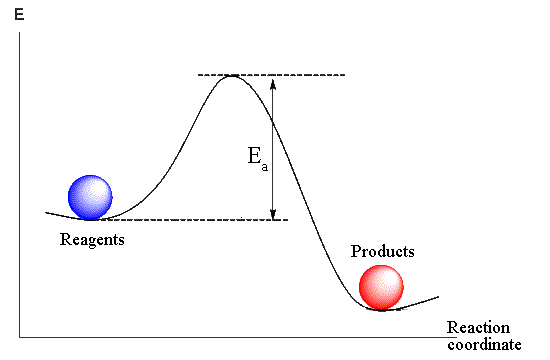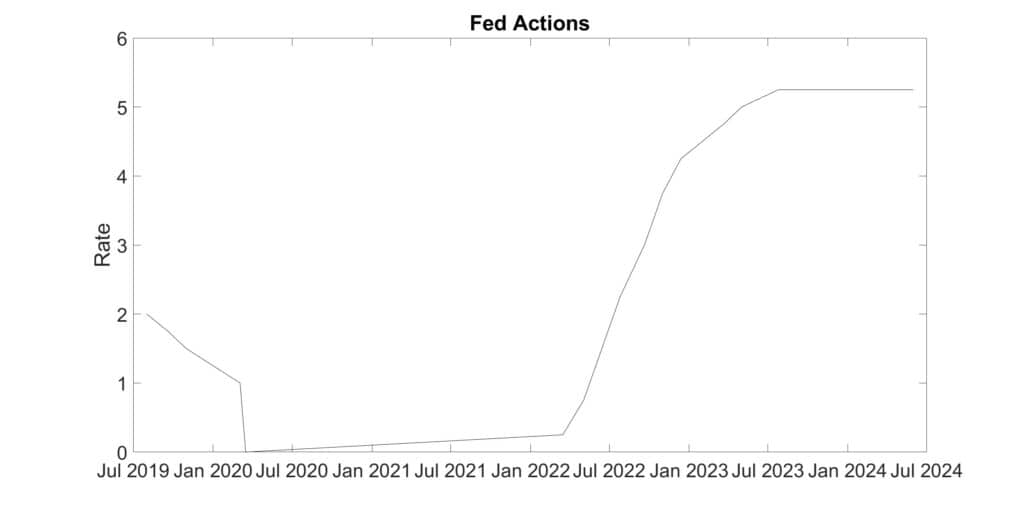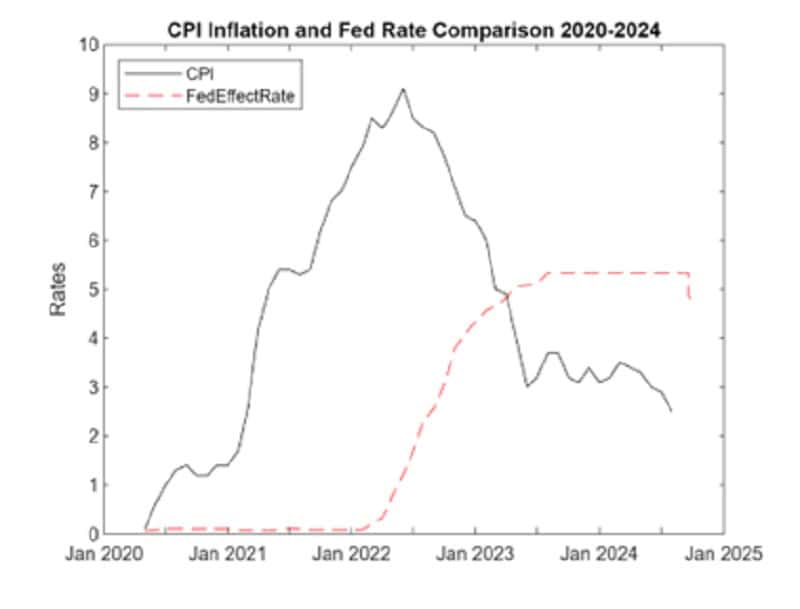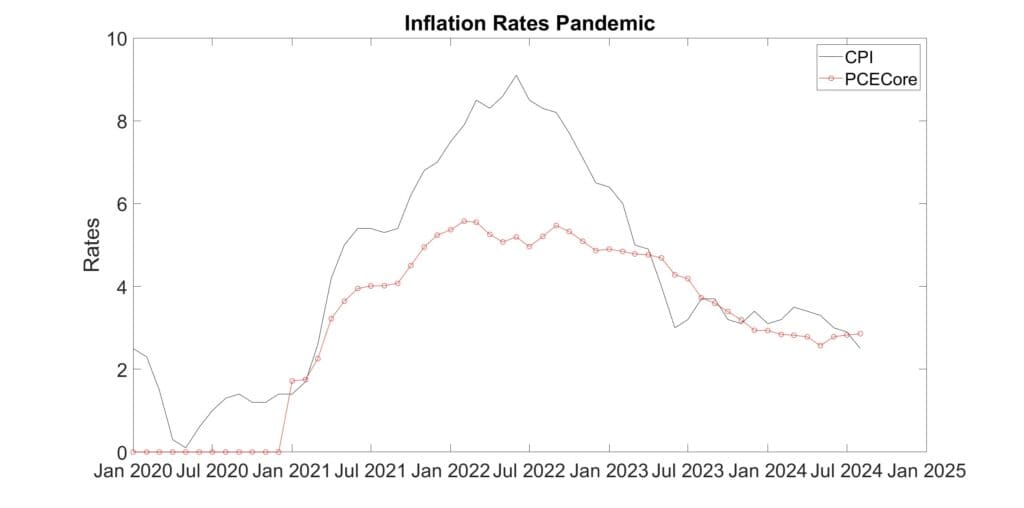Cost of Tea Party
Nov 4, 2020. With the pandemic, many of us now see another proper role of government—coordinating the response to a national, medical emergency.
What if we decrease the size of government 20%? The argument is we’d be better off with less of the inefficient government. That’s like apple pie and motherhood. Who could be against it? The words themselves demand the solution. And I agree, if done properly. However what is the Cost of Tea?
Transition to New Government Obligations
The Tea Party logic that we go from a high government cost to a low government cost overlooks the transition costs. The entire social contract based on the current government structure will be affected. That contract includes current government employment, level playing field for investors, retirement plans based on social security and medicare, education, energy policy, food and drug safety—many programs and services people have planned their lives upon will be cut.

When there’s a reaction in chemistry, the starting chemicals have higher energy (are more unstable) than the reaction products. But to get from the unstable to the more stable, you have to break the bonds and relationships that exist in the starting chemical. That’s the hump, the energy of activation, the cost the tea party has ignored. The reaction doesn’t slide directly down from the higher level to the lower level. The system gets more unstable (or costs more) before it reaches its new, lower, more stable equilibrium.
The US Government has 2 million employees. Thus the tea party calls for the layoff of four hundred those people (20%). That is a direct, upfront energy hump.
We will add 400,000 to the unemployment rolls. Is that good for the economy?
Plus there is the loss of services that the government employees once provided. Lagging negative events will be diminished viability of local stores and services that depend on the laid-off government employees and terminated government contracts . Of course, 400,000 more stressed homeowners and renters would not be a positive for the housing market.
There will be large dislocations for an extended period before the benefits of a smaller government are realized.







